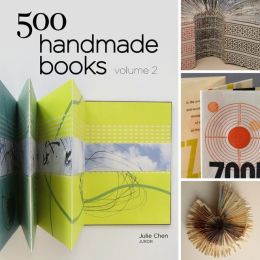 Three times in my life I have moved into apartments that were, to some extent, trashed.
Three times in my life I have moved into apartments that were, to some extent, trashed.
The first apartment that I lived in with my college boyfriend turned out to be the place where all the black flies in the county came to die. It also initially had no running water, and we had to walk to the gas station when we needed facilities.
Years later, I moved back into the apartment I grew up in, after it had been occupied for some years by my mentally ill former stepfather. {An essay about him is here.} And after my divorce I moved into the apartment that had been my grandparent’s place in Greenwich Village. It had only been neglected for a couple of decades.
Trash can be cleared away; a new life can be fashioned in the wreckage. I’m pretty good at taking a look around at a crime scene and saying, okay, so what can we do with this?
By the way, that’s also the work of an essayist. Two quotes I repeat often: “Only trouble is interesting,” wrote Janet Burroway, “Everything is copy,” said Nora Ephron (“Copy”, in the old hard boiled journalist use of the word, means “written material”.) She also said “I feel bad for the people who don’t at some point understand that there’s something funny in even the worst things that can happen to you.”
Recipe for Writing (and perhaps Life?):
- Take one (1) shitty thing that happens to you.
- Gain distance.
- Fashion it into something that helps you understand it and helps others too.
Frankly, I’m getting a little tired of rehabilitation projects. But it’s a lesson that life keeps on handing to me, so I guess I better pay attention. The most recent iteration was at Kripalu over Independence Day weekend, where I took a painting and collage workshop with Linda Novick.
On the first day, we worked with oil pastels and water color in a resist technique. You put down a layer of the oil pastels, and then cover it water color, and the pastel repels the water in interesting ways.
I resisted this resist technique. I didn’t like what I did at all; I thought it was stupid and gaudy. So the next day, when the task was to make a quick and dirty collage on cardboard, I eagerly teared up my pieces of resistance and said: now what can we do with this? And how quickly can I get it over with?
To my surprise, I ended up working on it for a long time and liking what resulted. I bootleg bound it into this asymmetrical, pageless, wordless book.
This is the back:
It was only after I finished it that I realized how much the front piece looked like fireworks… and that this piece was really about Independence Day, my second least favorite holiday on the calendar because it has twice been the occasion of big life changes.
So the book is called “Independence Day.” It’s both uneven and unstable — I cut scallops into the bottom of the front cover. It can stand on its own, but only very carefully.
The interior, which you can’t see here, is fairly dark. And then…there’s a more gentle ending with gold and cobalt blue. Could there actually be a hopeful being alive inside this cynical creature?
Which is the other annoying thing about fashioning something great out of something lousy: you always end up learning something in the process. Often it’s about yourself.




